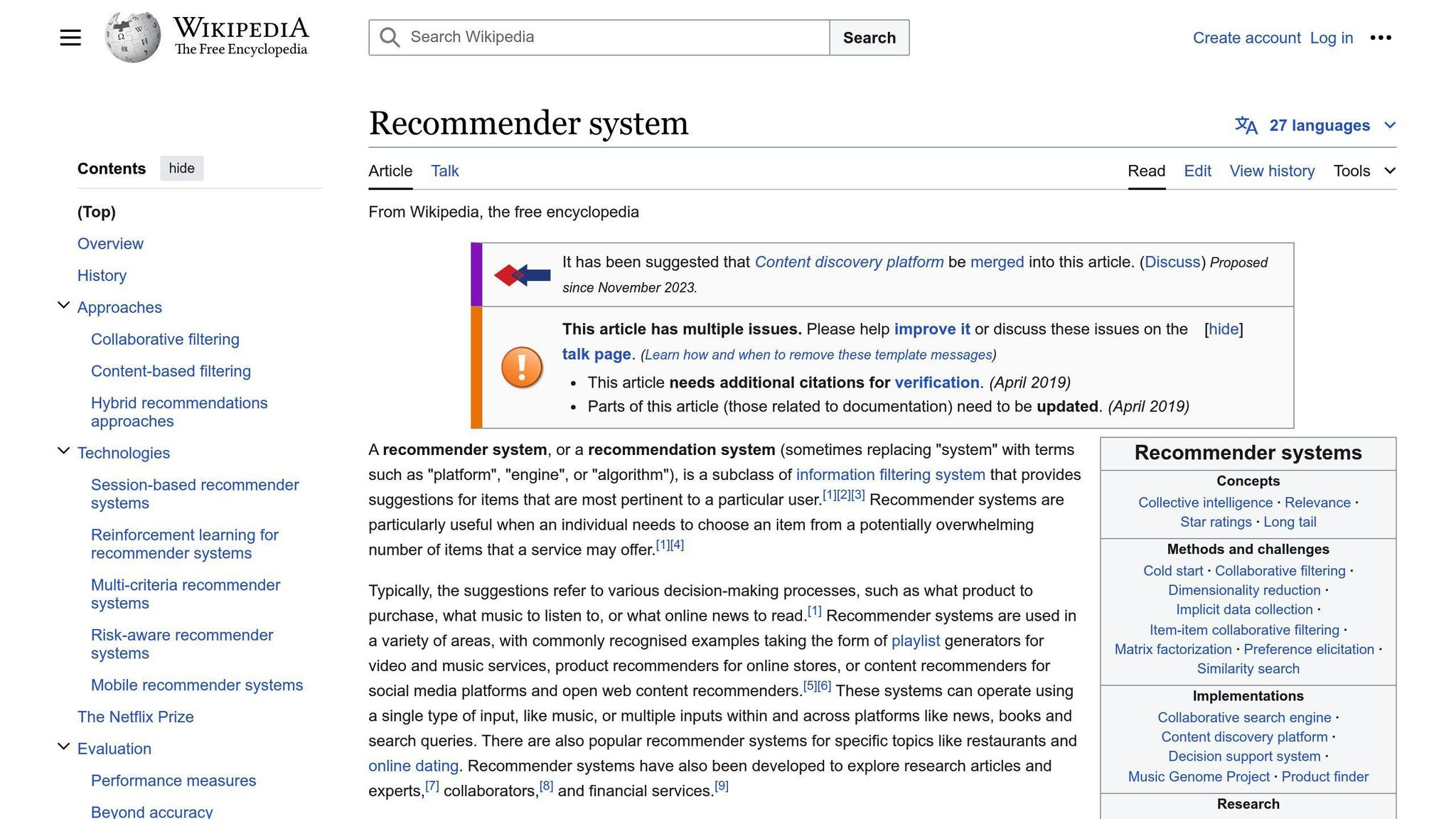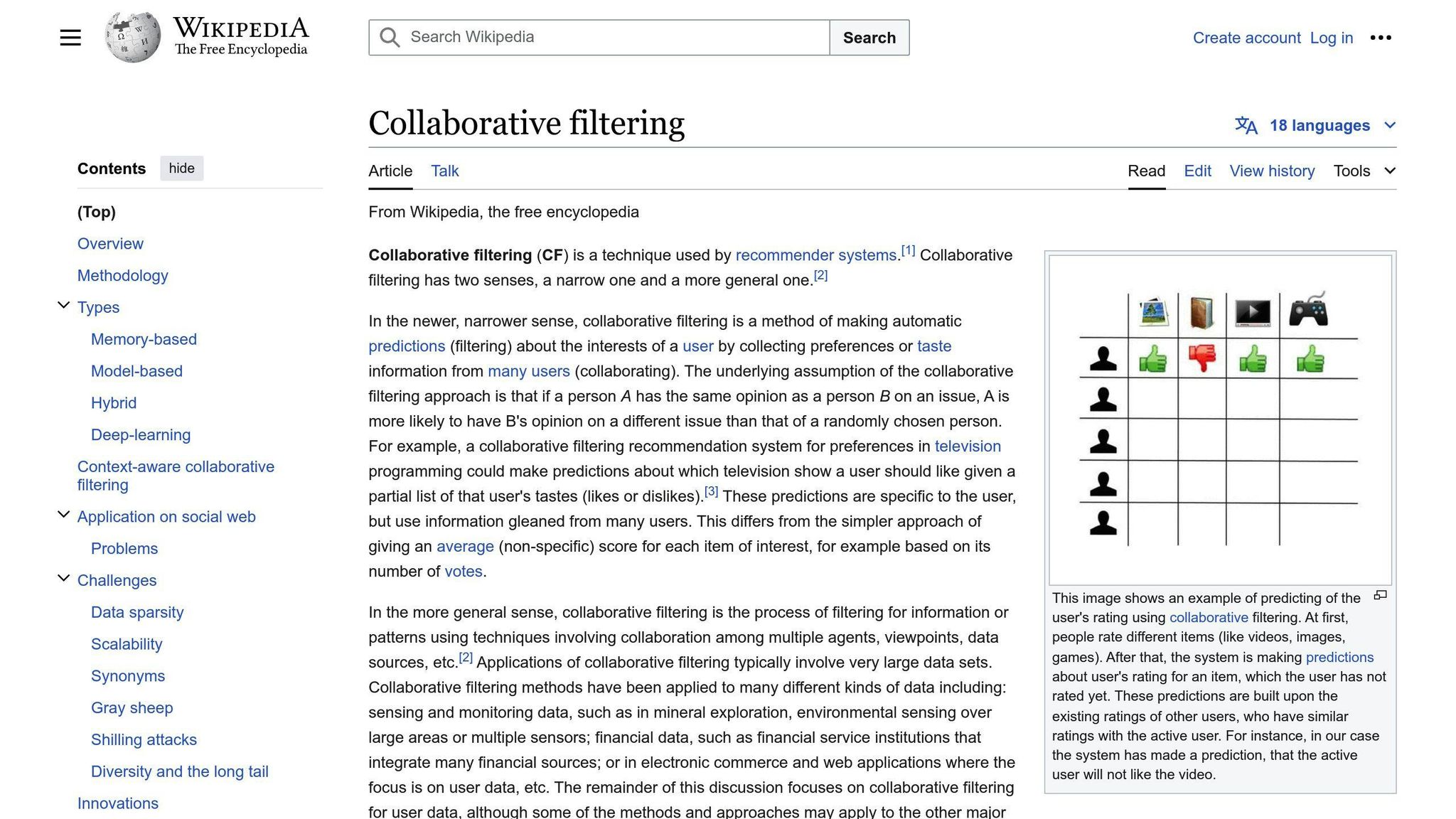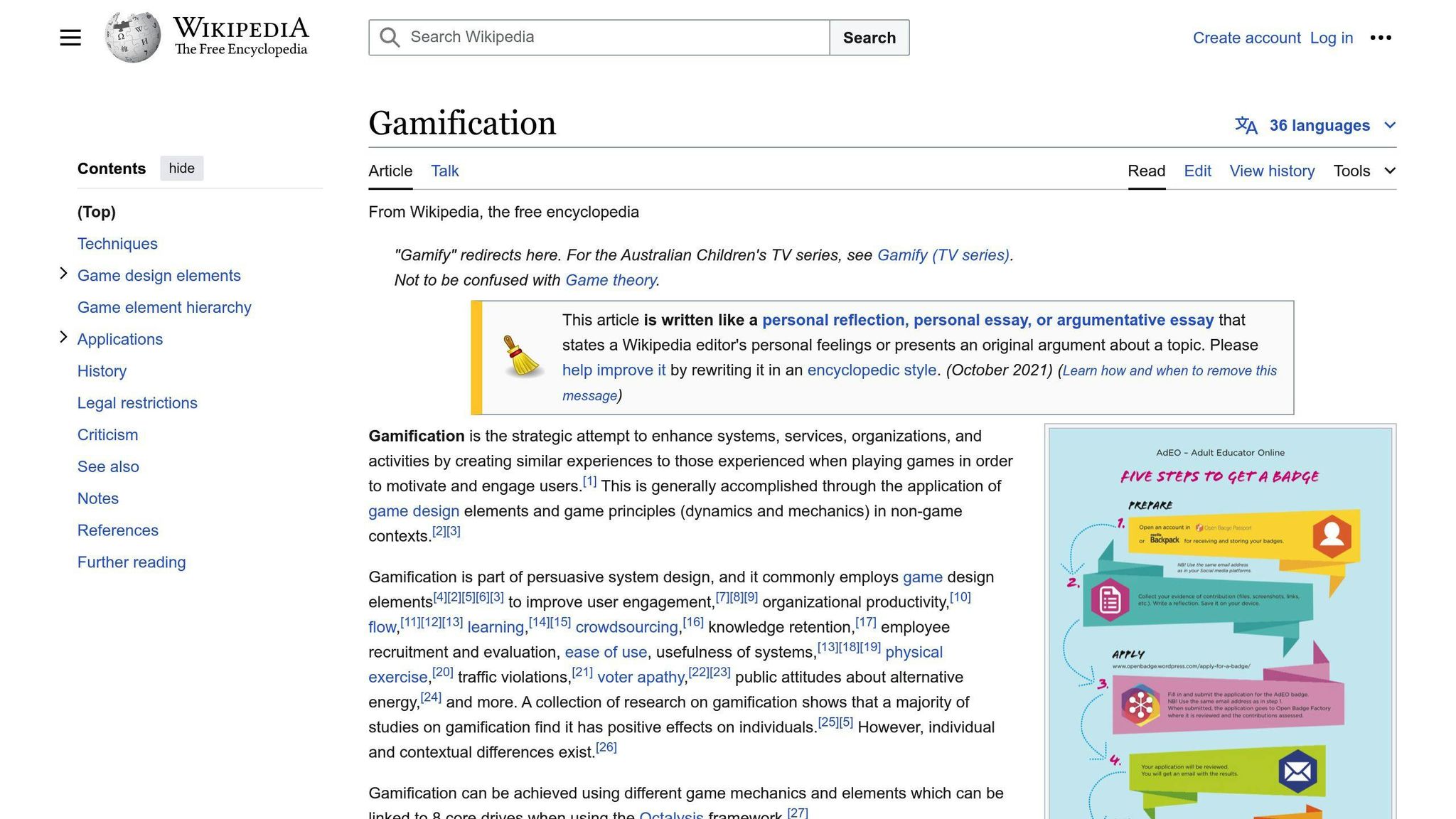Cross-selling and upselling are powerful techniques to boost revenue, customer satisfaction, and retention. Cross-selling involves suggesting related products to customers, while upselling encourages purchasing a higher-tier or premium version.
The key strategies are:
- Leverage Customer Data and Analytics: Analyze customer data to understand preferences and make personalized recommendations.
- Offer Product Bundles and Discounts: Combine related items at a discounted price to increase average order value.
- Implement Personalized Recommendations: Suggest products based on customer data using recommendation engines and AI.
- Optimize Timing and Context: Present offers at the right time and place in the customer journey.
- Leverage User-Generated Content: Use customer reviews, testimonials, and social media posts to build trust and showcase product combinations.
- Implement Tiered Pricing and Upgrades: Offer different product levels to cater to various budgets and encourage upgrades.
- Utilize Gamification and Rewards: Make the process fun and motivating for customers and sales teams.
- Leverage Post-Purchase Opportunities: Suggest related products, subscriptions, and time-sensitive discounts after a purchase.
- Train and Empower Sales Teams: Provide ongoing training and resources to help sales teams make relevant recommendations.
- Continuously Test and Optimize: Use A/B testing, analytics, and customer feedback to refine strategies.
The benefits include increased average order value, improved customer satisfaction, higher customer lifetime value, and reduced customer acquisition costs.
| Comparison Criteria | Cross-Selling | Upselling |
|---|---|---|
| Definition | Suggesting related products | Encouraging higher-tier or premium versions |
| Goal | Increase order size | Increase revenue per customer |
| Timing | During or after purchase | During purchase |
| Examples | Buying a laptop and being offered a laptop bag | Buying a basic software plan and being offered a premium plan |
Related video from YouTube
1. Leverage Customer Data and Analytics
Use customer data to understand buying habits and preferences. This helps you suggest products that match their interests.
Steps to Use Customer Data:
- Collect Data: Gather information from purchase history, browsing behavior, and customer feedback.
- Analyze Data: Identify patterns and trends in customer behavior.
- Segment Customers: Group customers based on similar interests and buying habits.
- Personalize Offers: Tailor your cross-selling and upselling suggestions to each customer segment.
Benefits:
- Increased Sales: More relevant suggestions lead to higher purchase rates.
- Better Customer Experience: Customers appreciate personalized recommendations.
- Customer Loyalty: Personalized offers can build stronger customer relationships.
Example:
| Customer Segment | Product Purchased | Suggested Cross-Sell | Suggested Upsell |
|---|---|---|---|
| Tech Enthusiasts | Smartphone | Phone Case | Premium Model |
| Fitness Buffs | Running Shoes | Sports Socks | High-End Shoes |
| Home Cooks | Blender | Recipe Book | Advanced Blender |
2. Offer Product Bundles and Discounts
Product bundling combines related items into one package at a lower price. This can boost sales, increase average order value (AOV), and improve the customer experience.
Benefits of Product Bundling
- Increased Sales: Customers buy more items they might not have considered.
- Higher AOV: Bundles encourage spending more.
- Better Customer Satisfaction: Bundles offer convenience and value.
- Cross-Selling and Upselling: Bundles introduce related products and premium options.
Implementing Effective Bundles
1. Identify Complementary Products
Analyze purchase data to find products often bought together.
2. Create Attractive Bundles
Combine related items and offer them at a lower price than buying separately.
3. Offer Tiered Bundles
Provide different bundle levels to suit various budgets, like basic, premium, and deluxe.
4. Promote Bundles Strategically
Highlight bundles on product pages, during checkout, and in marketing campaigns.
Example: Electronics Store Bundle
| Bundle Tier | Included Products | Discounted Price |
|---|---|---|
| Basic | Laptop, Carrying Case | $899 (15% off) |
| Premium | Laptop, Carrying Case, External Hard Drive, Wireless Mouse | $1,099 (20% off) |
| Deluxe | Laptop, Carrying Case, External Hard Drive, Wireless Mouse, Noise-Cancelling Headphones | $1,299 (25% off) |
3. Implement Personalized Recommendations
Personalized product recommendations can boost cross-selling and upselling. By using customer data like purchase history and browsing behavior, you can suggest products that match each customer's interests.
Use Customer Data
Gather insights from:
- Previous purchases
- Viewed or wishlisted products
- Purchase patterns
- Demographic information
Recommendation Engines and AI

Use machine learning to deliver personalized product suggestions. These systems learn from customer interactions and improve recommendations over time.
Contextual Recommendations
Offer recommendations at the right time and place:
- On product pages: "Customers who bought this also purchased..."
- During checkout: "You might also like..."
- In post-purchase emails: "Based on your recent purchase, you may enjoy..."
Collaborative Filtering

Suggest products based on the preferences of customers with similar interests. This "people who bought X also bought Y" approach can reveal new cross-selling opportunities.
4. Optimize Timing and Context
Timing and context are key for successful cross-selling and upselling. Presenting the right offer at the wrong time can feel intrusive and turn customers off. To optimize timing and context:
Analyze the Customer Journey
Identify key touchpoints where customers are most open to additional offers:
- During checkout: Suggest complementary products or upgrades
- Post-purchase: Recommend related items based on their recent purchase
- Customer support interactions: Offer solutions to enhance their experience
Leverage Contextual Data
Use data like browsing behavior, purchase history, and cart contents to make relevant recommendations in context:
- Product pages: "Customers who bought this also bought..."
- Browse abandonment emails: Remind customers of items they viewed
- Replenishment emails: Suggest reordering consumable products
Test and Optimize
Continuously test different timing and contextual approaches to find what works best. A/B test elements like messaging, placement, and offers to maximize conversions.
Prioritize Value and Relevance
Ensure your cross-sell and upsell offers provide genuine value to the customer. Irrelevant or excessive recommendations can backfire and damage trust. Focus on understanding customer needs and tailoring offers accordingly.
5. Leverage User-Generated Content
User-generated content (UGC) like customer reviews, testimonials, and social media posts can help with cross-selling and upselling. UGC builds trust by showing real customer experiences.
Showcase Customer Reviews and Ratings
Display customer reviews and ratings on product pages, especially those mentioning complementary products. This social proof can encourage additional purchases.
Example:
| Product | Rating | Review |
|---|---|---|
| Project Management Software | ★★★★☆ | "This software has been a game-changer for our team. We use it with the resource allocation add-on to streamline our project planning and resource management." |
Share Customer Testimonials and Success Stories
Share customer testimonials and success stories that highlight the benefits of using multiple products together. Feature these on your website, social media, email campaigns, and sales materials.
Example:
"By combining [Product A] and [Product B], we increased efficiency by 30%. The integration between the two products is smooth, and the support team was very helpful." - [Customer Name, Company]
Run UGC Campaigns and Contests
Encourage customers to share their experiences by running UGC campaigns and contests. Offer incentives like discounts, free products, or recognition for the best submissions. This can generate a lot of content to use for cross-selling and upselling.
Leverage Social Media
Monitor social media for customer posts mentioning your products. Engage with these customers, share their content, and use it to suggest complementary products. User-generated social media content can also be used in marketing campaigns.
sbb-itb-5c5ac24
6. Implement Tiered Pricing and Upgrades
Tiered pricing is a great way to cross-sell and upsell. By offering different product or service levels at various prices, you can meet different customer needs and budgets while encouraging upgrades.
Offer Tiered Pricing Plans
Provide multiple pricing tiers, each with its own features or limits. The basic tier should offer essential features at a low price, while higher tiers should offer more value, like advanced features or premium support.
Example:
| Tier | Price | Features |
|---|---|---|
| Basic | $9/month | 5 projects, basic reporting, community support |
| Professional | $19/month | Unlimited projects, advanced reporting, email support |
| Enterprise | $49/month | Priority support, custom integrations, dedicated account manager |
Highlight Tier Differences and Benefits
Clearly show the differences between pricing tiers and the benefits of upgrading. Use comparison tables, feature lists, or visual aids to highlight the extra value customers get at each higher tier.
Example:
"Upgrade to our Professional plan and get unlimited projects, advanced reporting, and dedicated email support to boost your productivity."
Offer Upgrade Incentives
Give customers reasons to upgrade to higher tiers, like discounts, free trials, or bonus features. This can help them see the benefits of a higher tier and make them more likely to upgrade.
Example:
"Upgrade to our Enterprise plan now and get a 20% discount for the first three months, plus a free onboarding session with our experts."
Leverage Customer Lifecycle
Use tiered pricing strategies at different stages of the customer lifecycle. For new customers, offer a basic tier as a starting point. As they get more familiar with your products or services, suggest upgrades to higher tiers based on their needs or usage.
Example:
"Congratulations on reaching 500 active projects! It looks like you're outgrowing our Basic plan. Consider upgrading to our Professional tier to unlock unlimited projects and advanced reporting capabilities."
7. Utilize Gamification and Rewards

Gamification can boost engagement and sales in upselling and cross-selling. By adding game-like elements and rewards, you can make the process fun and motivating for both customers and sales teams.
Implement Game Mechanics
Add game elements to your sales process. This can include earning points, badges, or virtual rewards for successful upsells or cross-sells. Leaderboards and competitions can encourage friendly competition among sales teams.
Example:
| Action | Points Awarded | Badge |
|---|---|---|
| Upsell | 100 points | "Upsell Master" for 100 upsells |
| Cross-sell | 50 points | "Cross-sell Expert" for 50 cross-sells |
| Top Performer | Monthly leaderboard | Recognition |
Offer Rewards
Besides virtual rewards, offer real incentives to motivate your sales team. These can be gift cards, merchandise, or team outings.
Example:
| Reward Type | Description |
|---|---|
| Gift Cards | For top performers each quarter |
| Merchandise | Company-branded items for hitting targets |
| Team Outing | Celebration for the highest-performing team |
Personalize the Experience
Customize the gamification experience to match your sales team's preferences. Use surveys or feedback to find out what rewards and challenges they like.
Example:
| Option | Description |
|---|---|
| Reward Choice | Gift cards or merchandise based on preferences |
| Custom Challenges | Different tasks for various sales roles or experience levels |
Analyze and Improve
Regularly check how your gamification strategy is working and get feedback from your sales team. Use this information to make improvements.
Example:
| Metric | Action |
|---|---|
| Upsell/Cross-sell Rates | Track and analyze |
| Feedback | Conduct surveys or focus groups |
| Adjustments | Change game mechanics, rewards, or challenges based on data |
8. Leverage Post-Purchase Opportunities
Post-purchase moments are great for cross-selling or upselling. After a purchase, customers are engaged and open to more offers.
Offer Related Products
Suggest items that go well with the customer's purchase.
| Scenario | Upsell Opportunity |
|---|---|
| Purchased a laptop | External hard drive, laptop bag, wireless mouse |
| Bought hiking shoes | Hiking socks, trekking poles, hydration pack |
| Ordered a grill | Grill tools, smoker box, recipe book |
Suggest Subscription Options
For items that need regular replacement, offer a subscription plan.
| Example | Description |
|---|---|
| Meal delivery service | Weekly meal kits |
| Grooming products | Monthly razors, shaving cream refills |
| Vitamin supplements | Automatic refills on a chosen schedule |
Provide Time-Sensitive Discounts
Create urgency with limited-time discounts or bonuses.
| Discount Type | Example |
|---|---|
| Percentage off | 20% off any additional items for the next 2 hours |
| Free gift | Free travel case with any purchase over $50 today |
| Bundle pricing | Buy 2 and get the 3rd item 50% off (expires in 24 hours) |
Personalize Recommendations
Use customer data to make tailored product suggestions.
| Personalization Approach | Example |
|---|---|
| Based on purchase history | "Customers who bought this also bought..." |
| Based on browsing behavior | "Complete the look with these complementary items" |
| Based on preferences | "New arrivals we think you'll love" |
9. Train and Empower Sales Teams
Effective cross-selling and upselling need a well-trained and empowered sales team. Provide your sales reps with training on your products, customer needs, and techniques for making relevant recommendations.
Conduct Ongoing Training
- Product Knowledge: Ensure your sales team knows your entire product catalog, including features and benefits. Regularly update them on new offerings.
- Customer Insights: Train your team to gather customer insights through active listening and asking the right questions. Understanding customer needs is crucial for making relevant recommendations.
- Upselling and Cross-Selling Techniques: Provide training on effective techniques, such as:
- Identifying buying signals
- Highlighting complementary products
- Demonstrating value and addressing objections
- Creating urgency with limited-time offers
- Role-Playing and Simulations: Use role-playing exercises to help your team practice their skills. Provide feedback and encourage improvement.
Empower Your Sales Team
- Sales Tools and Resources: Equip your sales team with tools like product guides, customer data, and sales scripts. Ensure they have access to relevant customer information to make personalized recommendations.
- Incentives and Recognition: Implement an incentive program that rewards successful upselling and cross-selling. Recognize and celebrate top performers to motivate the team.
- Collaboration and Feedback: Encourage collaboration among your sales team. Allow them to share best practices and success stories. Regularly gather feedback to identify areas for improvement.
- Continuous Coaching: Provide ongoing coaching and support. Regularly review performance, offer feedback, and help them refine their skills. Celebrate successes and address areas for improvement.
10. Continuously Test and Optimize
To keep your cross-selling and upselling strategies effective, you need to keep testing, monitoring, and improving them. Customer preferences and market trends change, so it's important to stay updated.
A/B Testing
Run A/B tests to see which offers, messages, and presentation methods work best. Split your audience into test groups and measure metrics like conversion rates, average order value, and customer satisfaction. Use the results to find the best strategies and make data-driven improvements.
Leverage Analytics
Use web analytics, customer data, and sales metrics to understand customer behavior and preferences. Track key performance indicators (KPIs) such as click-through rates, cart abandonment rates, and revenue from cross-selling and upselling. Use these insights to refine your strategies.
Gather Customer Feedback
Regularly ask for feedback from customers through surveys, reviews, and customer support interactions. This feedback can provide valuable insights into their needs and perceptions of your cross-selling and upselling efforts. Use this information to improve the customer experience.
Continuous Improvement
Cross-selling and upselling require regular updates. Review your strategies, analyze performance data, and incorporate customer feedback to find areas for improvement. Try new approaches, test different offers, and optimize your tactics to stay ahead of the competition and meet changing customer demands.
Summary
Cross-selling and upselling are effective ways to boost your business's revenue, customer satisfaction, and retention. By offering related products or upgraded versions to existing customers, you can increase sales and provide more value to your customers.
The key strategies discussed in this article include:
- Using Customer Data and Analytics: Understand buying habits to make relevant suggestions.
- Offering Product Bundles and Discounts: Combine related items at a lower price.
- Implementing Personalized Recommendations: Suggest products based on customer data.
- Optimizing Timing and Context: Present offers at the right time.
- Leveraging User-Generated Content: Use reviews and testimonials to build trust.
- Implementing Tiered Pricing and Upgrades: Offer different product levels.
- Utilizing Gamification and Rewards: Make the process fun and motivating.
- Leveraging Post-Purchase Opportunities: Suggest items after a purchase.
- Training and Empowering Sales Teams: Equip your team with the right skills.
- Continuously Testing and Optimizing: Keep improving your strategies.
Benefits
| Benefit | Description |
|---|---|
| Increased Average Order Value (AOV) | Encourage customers to buy more or higher-priced items. |
| Improved Customer Satisfaction | Offer relevant recommendations to enhance the experience. |
| Higher Customer Lifetime Value (CLV) | Strengthen relationships and encourage repeat purchases. |
| Reduced Customer Acquisition Costs | Selling to existing customers is more cost-effective. |
While these strategies provide a solid framework, it's important to tailor them to your specific business needs and customer preferences. Continuously test, monitor, and optimize your efforts to ensure they remain effective and relevant.
FAQs
What are the five upselling techniques?
- Bundling: Offer related products or services together at a discounted price to increase the perceived value and average order size.
- Upgrade Offers: Present higher-tier or premium versions of the product/service the customer is interested in, highlighting additional features or benefits.
- Limited-Time Promotions: Create urgency by offering special deals or bonuses for a limited period to encourage an immediate purchase decision.
- Personalization: Tailor upsell recommendations based on the customer's preferences, purchase history, and behavior to increase relevance.
- Value Justification: Clearly explain the added value and benefits of the upsell offer to help customers understand why it's worth the additional cost.
What methods can you train to improve your upselling?
- Understand Customer Needs: Train your team to actively listen and identify the customer's pain points, goals, and preferences to recommend relevant upsell options that provide genuine value.
- Build Trust and Rapport: Emphasize the importance of establishing a positive relationship with customers through transparent communication and a customer-centric approach.
- Focus on Benefits, Not Features: Train your team to highlight the benefits and value proposition of upsell offers rather than just listing features.
- Avoid Overselling: Teach your team to recognize when a customer is not interested in an upsell and gracefully move on without being pushy or aggressive.
- Continuous Improvement: Regularly review and refine your upselling strategies based on customer feedback, sales data, and industry best practices to ensure they remain effective and aligned with customer needs.



